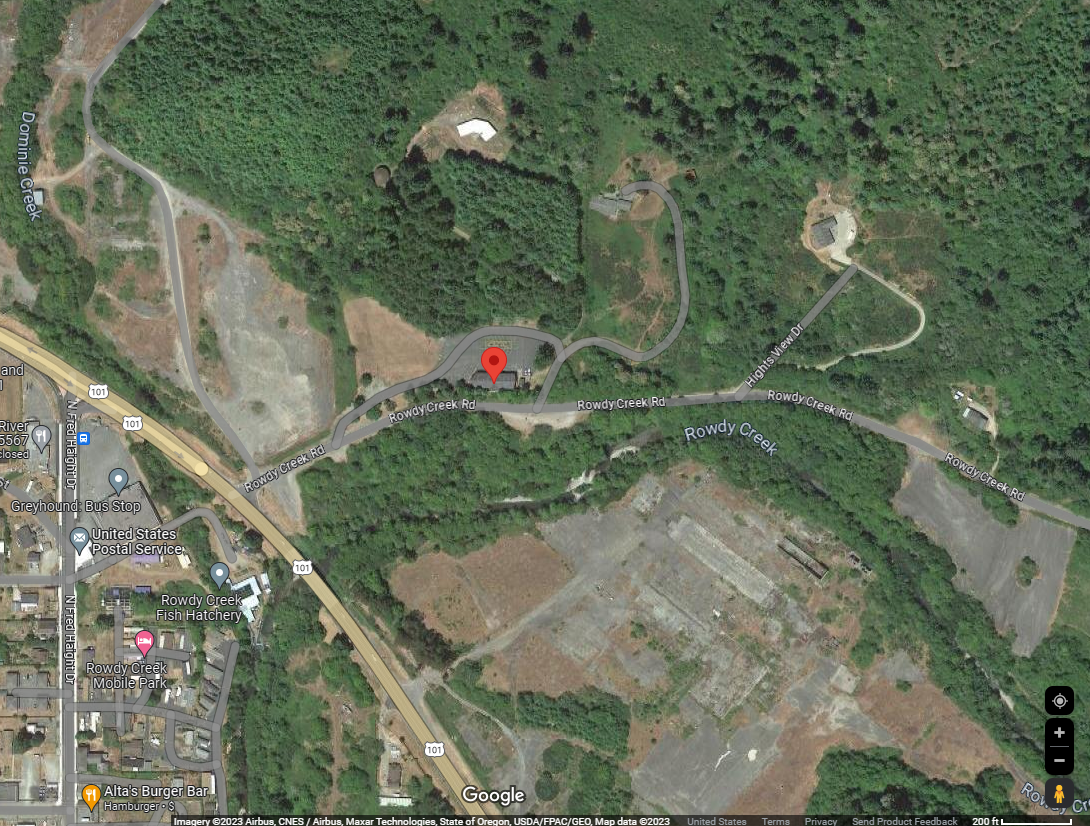Lamprey Passage at Rowdy Creek
Project Lead: Tolowa Dee-ni’ Nation
Location of Project: 41.928023, -124.143988
Description of Project: This project will provide passage for Pacific Lamprey over a diversion barrier through the installation of California-style lamprey passage route (tube), provide video monitoring facilities to count and observe lamprey as they move through, and provide a viewing facility and outreach display at the Rowdy Creek tribal fish hatchery’s public visitor’s station. This project will open 11.4 miles of spawning and rearing habitat for Pacific Lamprey.
This project will promote conservation and awareness of Pacific Lamprey, an anadromous tribal trust species of conservation concern to the USFWS and California. It is also of great cultural and subsistence importance in the traditional diet of the Tolowa Dee-ni’ Nation. There is currently no monitoring of Pacific Lamprey in the Smith River, therefore this project is extremely important to the Tolowa Dee-ni’ Nation in the face of climate change as this is a healthy food source for the Tribe. Pacific Lamprey are also an extremely important part of the river system bringing in Marine Derived Nutrients to the system.
Pacific Lamprey are a very important subsistence fishery for the Tolowa Dee-ni’ Nation; this will provide more habitat for Pacific Lamprey. The Tolowa Dee-ni’ Nation has been working to protect and keep their indigenous foodways alive in Northern California. The Tolowa Dee-ni’ are a coastal people and rely heavily on the river and ocean for food. Due to climate change there has been an attack on traditional diet. Mussels and clam closures due to human health risks as well as reduction in salmon and surf smelt returns have greatly affected the Tolowa Dee-ni’. Protecting and conserving these important subsistence species is a top priority for the Nation. Therefore this monitoring and passage project for Pacific Lamprey is of high importance to the Tolowa Dee-ni’ Nation as Pacific Lamprey are part of the Traditional diet.

